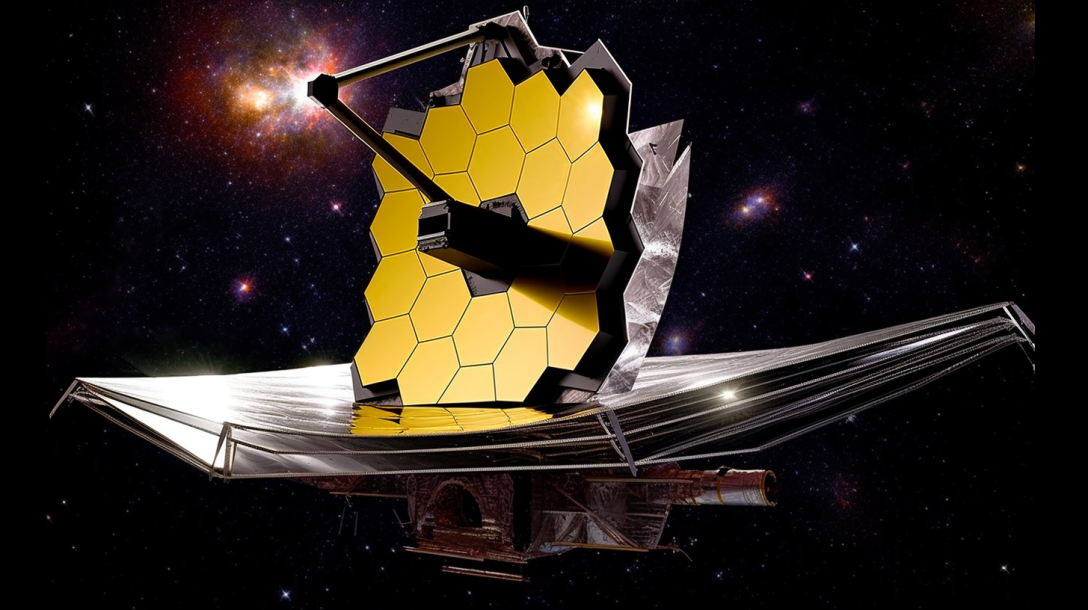The Future of Space Telescopes: Lagrange Points and SpaceX's Starship

Introduction
Space telescopes have revolutionized our understanding of the universe, providing unprecedented views of galaxies, stars, and planets. This blog post will explore the fascinating orbits around Lagrange points that make space telescopes like the James Webb Space Telescope (JWST) possible, and how SpaceX’s Starship could further revolutionize this field.
Understanding Lagrange Points
Lagrange points are positions in space where the gravitational forces of a two-body system, like the Earth and the Moon or the Earth and the Sun, balance the centrifugal force felt by a smaller object, such as a spacecraft. There are five such points, labeled L1 to L5. These points provide stable locations where space telescopes can ‘park’, allowing for continuous observation of the universe.
The James Webb Space Telescope (JWST) and Lagrange Points
The JWST, the successor to the Hubble Space Telescope, is set to be positioned at the second Lagrange point (L2), located approximately 1.5 million kilometers from Earth. The L2 point provides a stable and relatively disturbance-free environment, ideal for the JWST’s sensitive observations. However, this positioning also presents challenges, such as the difficulty of performing maintenance or repairs, as the L2 point is much farther from Earth than Hubble’s orbit.
The Role of SpaceX’s Starship in Space Exploration
SpaceX’s Starship, currently under development, is a fully reusable spacecraft designed to carry both crew and cargo to Earth orbit, the Moon, Mars, and beyond. Its large payload capacity and potential for rapid reusability could significantly reduce the cost of space travel, opening up new possibilities for space exploration and telescope deployment.
The Future of Space Telescopes with Starship
With the capabilities of SpaceX’s Starship, we could potentially deploy larger and more powerful telescopes to space. These telescopes could be positioned at other Lagrange points, further expanding our observational capabilities. The scientific potential of these future telescopes, from studying exoplanets to observing the early universe, is immense.
Conclusion
The positioning of space telescopes at Lagrange points, as exemplified by the JWST, has already proven to be a game-changer in astronomy. With the advent of SpaceX’s Starship, we stand on the brink of a new era in space exploration, with the potential to deploy even more powerful telescopes to these advantageous points in space. The future of space telescopes promises to further expand our understanding of the cosmos, bringing us closer to answering some of the most fundamental questions about the universe.